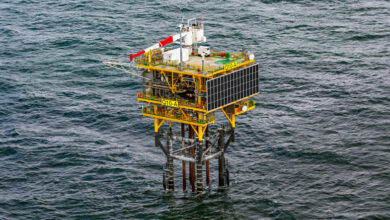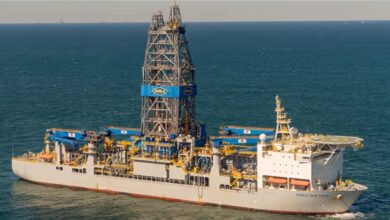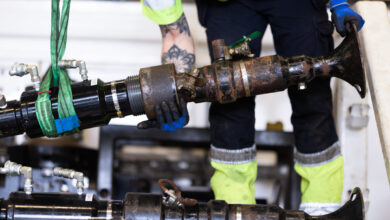Wood Mackenzie: Explorers’ success rates rise as ultra-deep and frontier basins deliver
Explorers achieved significant success in 2017 as companies emerged from the downturn leaner and more focused on making smart portfolio decisions. The industry has made a return to high-impact exploration in ultra-deepwater and frontier basins after a period of focusing on low-risk, low-reward activity. Oil accounted for 56% of discovered volumes, a share last seen in 2008, with eight out of the top 10 discoveries being oil-weighted.
Dr Andrew Latham, Vice President, Exploration Research, at global natural resources consultancy Wood Mackenzie, said, “2017 looks like the most profitable year for the oil and gas exploration sector since 2010. Explorers invested only around $40 billion in conventional exploration and appraisal, down from $95 billion in 2014. This reduced spend focused on making discoveries with a good chance of early commercialization. This included more emphasis on high-impact exploration in ultra-deepwater and frontier basins after a period of focusing on low-risk, small prospect drilling.”
Dr Latham said that exploration added more than 12 billion bbl of oil equivalent (boe) conventional new field volumes in 2017. Oil accounted for 7 billion bbl, a 60% share of discovered volumes last seen in 2008. Nine out of the top 10 largest discoveries are oil-weighted.
“These volumes are currently the smallest annual total for a decade, but we expect that they will be boosted by further disclosure and appraisal,” Dr Latham said. “This resource creep has averaged around 40% over the decade. If repeated for 2017, total discoveries for the year will amount to 16 to 18 billion boe.”
Resource discovery costs were the same as 2016 ($2.15/boe) and slightly better than the 10-year average of $2.25/boe. Assuming a similar level of resource creep for 2017, Wood Mackenzie expects discovery costs will ultimately be around $1.60/boe, the lowest level since 2011.
Dr Latham added, “Exploration well success rates of 36% are the highest since 2013. Operators are being rewarded for refocusing their portfolios and high-grading prospects. The average new field discovery size held up at 63 mmboe compared with 57 mmboe in 2016 and a 10-year average of 68 mmboe.”
Six giant (>500 mmboe) and 15 large (>100 mmboe) discoveries were made in 2017. These finds account for 78% of total discovered resources. Kosmos BP’s 2.6 billion boe Yakaar gas discovery in the ultra-deepwater of Senegal is the largest discovery of 2017 by far.
“We expect the giant oil discoveries in Iraq (Eridu), Mexico (Zama), Whale (US Gulf of Mexico) and Alaska (Horseshoe) to be declared commercial in the near term. The large oil discoveries Amoca Deep (Mexico), Snoek (Guyana) and MRL-231 (Brazil) all benefit from close proximity to existing fields and should be included in near-term phased development plans,” Dr Latham said. “It is too early to measure exact exploration returns for 2017, but there is a strong likelihood that exploration created value. Low discovery costs and a weighting towards large, commercial oil finds should mean that full-cycle returns achieved double digits for the first time since 2010.”




